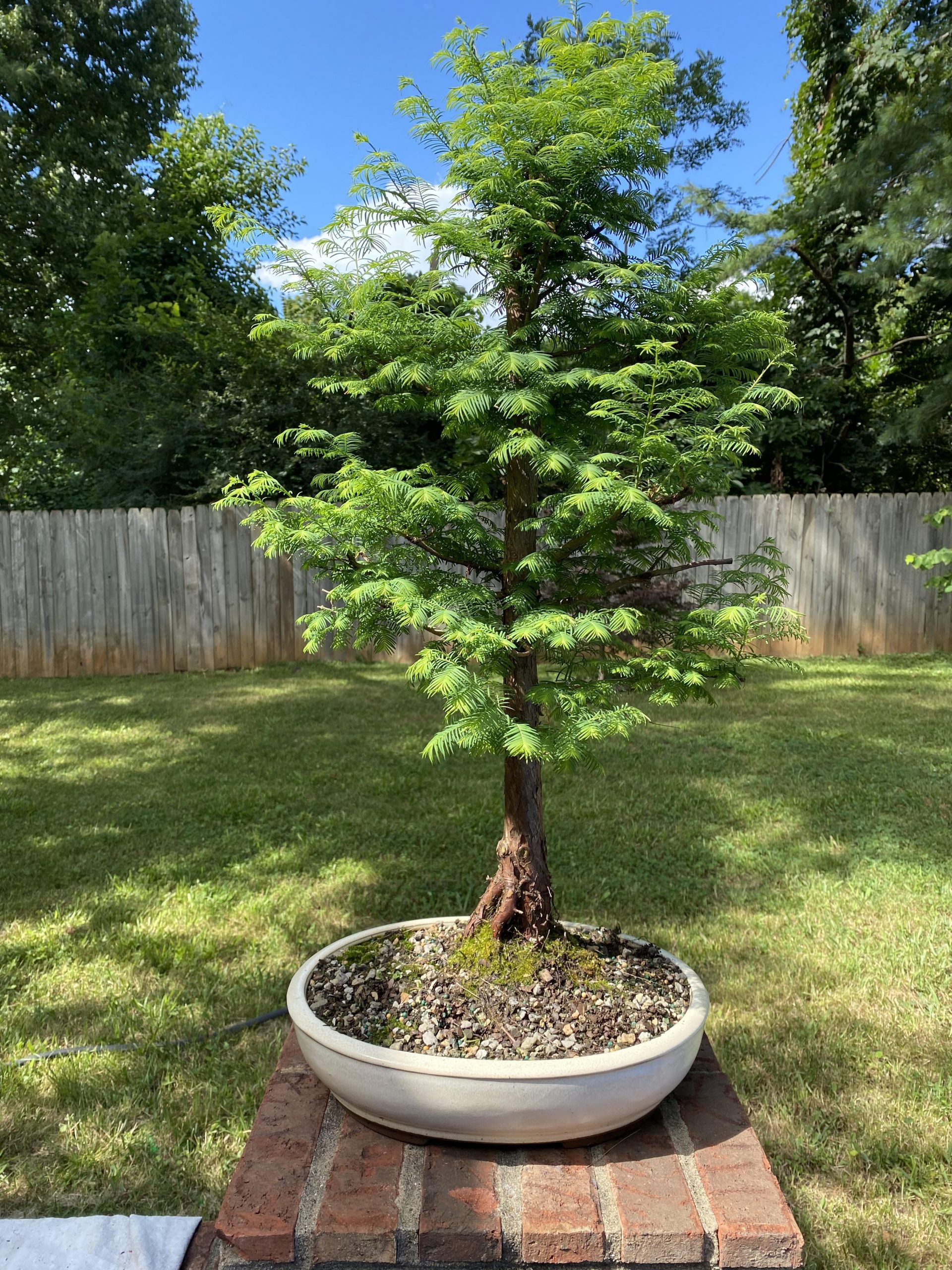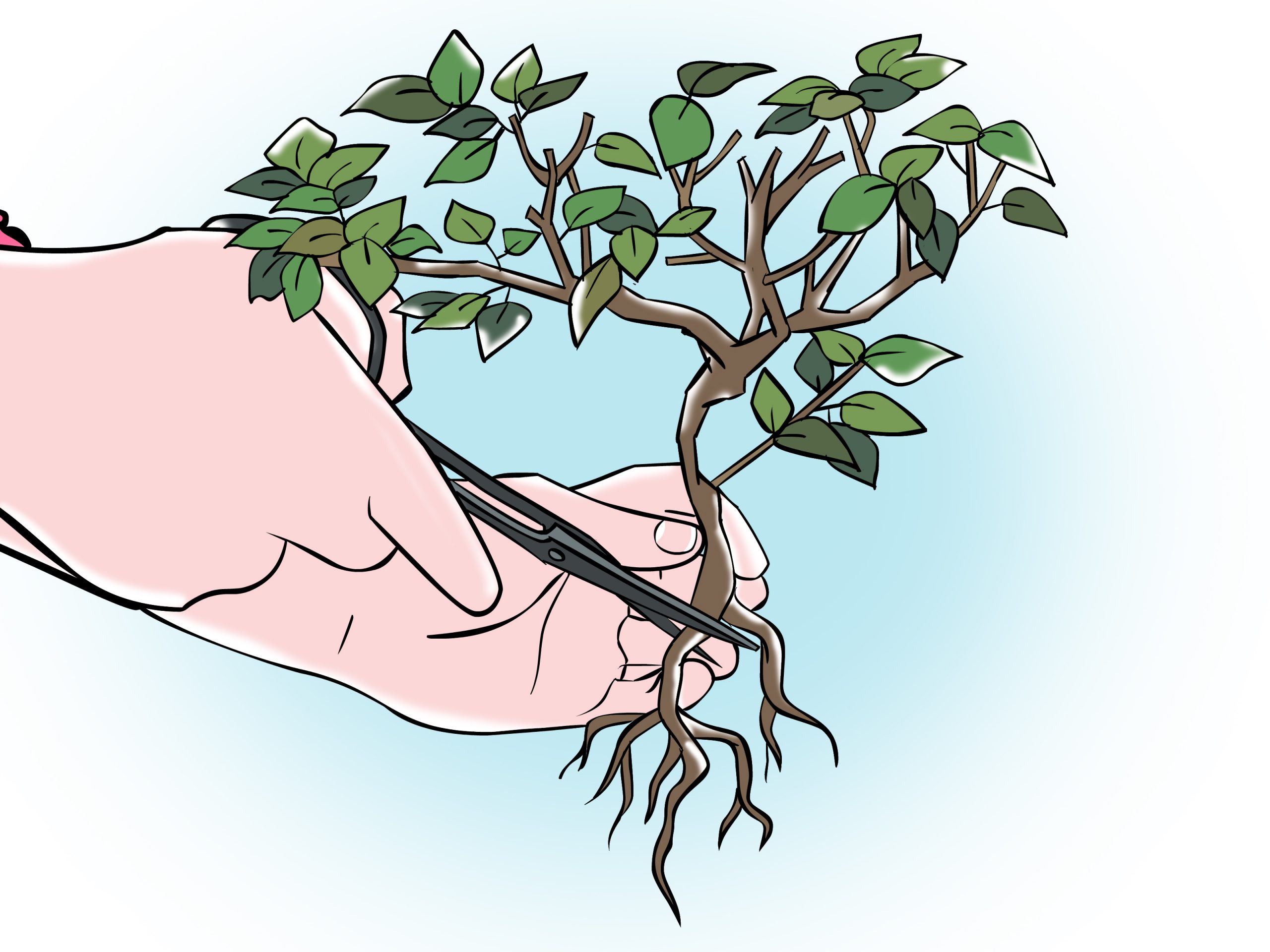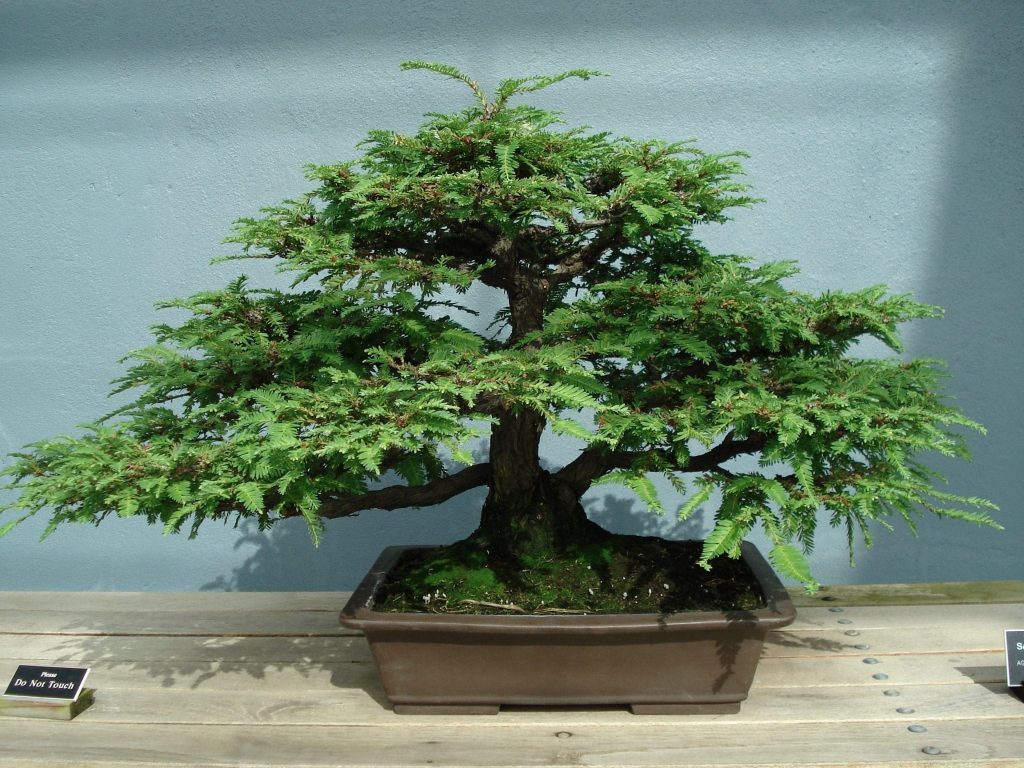Redwood Bonsai
So, what is a redwood bonsai? Well, it’s not really a tree at all. It’s actually just the root system of an old-growth Redwood that was planted in a container and allowed to grow.
The result is something that looks like a miniature tree with its own unique trunk line and character. Surprisingly enough, they can live for as long as 400 years!
Redwoods are some of the tallest trees on Earth – only Sequoias are taller . This means their roots have ample time to develop into intricate branches and complex systems.
These intricacies translate beautifully into bonsai form when you think about planting them in containers or growing them from cuttings off larger plants.
For us here at The Bonsai Master, we love Redwood Bonsais because they are unique and elegant.
Growing a redwood bonsai tree

from a cutting or seed isn’t too difficult, but make sure you do your research so that the tree is planted in an appropriate environment and given optimal care.
Redwood Bonsais can be grown indoors with great success, especially when they are young and still need to establish their root systems.
In addition, smaller bonsai can often be kept in a container on your desk, allowing you to enjoy them while still imparting your own unique style upon their development.
What is a dawn redwood bonsai tree?

It’s actually a hybrid of the two, and it is very similar to the redwood bonsai.
The Dawn Redwood has been discovered only recently, in 1975 on Mount Qi in China.
It was originally nicknamed the “living fossil” because it looked so much like some sort of ancient tree that people thought it must have gone extinct eons ago.
It is a very slow grower, with the tallest trees only reaching about 130 feet or so in height.
Growing a dawn redwood bonsai tree from seed or cutting isn’t too difficult and can be done indoors easily as well. Just make sure you keep it in a warm environment!
They are considered an evergreen tree; that is, their leaves stay green all year round. Depending on the variety, the leaves range from reddish to golden yellow in coloUr.
They are most often used as bonsai because these trees rare new growth very slowly – usually once every two or three years – so they can be easily maintained and shaped by a bonsai enthusiast.
Redwood bonsai forest
Growing a redwood bonsai from seed can take quite a long time – several decades, in fact!
That is why we here at The Bonsai Master recommend using cuttings instead. These can be taken from an existing bonsai tree and allow you to create multiple trees.
This helps create the same character and measurements as the original. The bonsai will still grow at a relatively slow pace, but you’ll have added benefits.
One of these is being able to control its shape and form along the way.
Dawn redwood bonsai forest
Depending on the variety of redwood you decide to cultivate as bonsai, you will find that it is a slow-growing plant.
Unfortunately these trees need more care than some other types of trees. However, this makes for an even greater sense of achievement once you’ve started seeing your efforts pay off!
Redwood bonsai care

Once you’ve selected the bonsai of your choice, a lot will be up to you. It is very important that you provide proper care for your Redwood bonsai tree if you want it to last.
Here is what you should do:
- Watering and feeding – Like all trees, they need water in order to grow properly.
The best way to water a bonsai tree is by using a watering can or bottle. Water the soil until it looks like it has been saturated enough and then let the excess water drain out of the bottom.
Be sure never to overwater your Redwood – doing so will lead to root rot which will kill your bonsai tree.
- Also, you don’t need to fertilize your Redwood bonsai tree very often at all.
You just have to give it fertilizer when you notice that the leaves aren’t as green as they should be.
Fertilizer can also help give your redwood bonsai a boost of energy if it’s been growing very slowly lately.
Dawn redwood bonsai care
These trees don’t need too much light, so you can put them anywhere that has a lot of sunlight.
The most important thing is to not put it in direct sunlight for too long because it may dry out the soil and kill your tree.
Also, try not to move it around too much if possible because it’s roots will have issues adjusting if you do that.
Repotting your redewood bonsai tree
Avoid repotting your Redwood bonsai tree too often because the process of moving it might kill it!
The reason for this is because Redwoods don’t have very good roots to begin with so they are easily damaged and more likely to rot when exposed to new soil and potentially different microorganisms in the soil.
Best soil mixture for your redwood bonsai tree
The best soil mixture to use for your Redwood bonsai tree would be a mix of sand and granular organic matter.
This will give your trees the nutrients it needs, although you should use fertilizer as well.
There are many ways of growing bonsai plants with techniques varying from garden style bonsai trees to forest style bonsai.
Watering your redwood bonsai tree
It’s very important that you do not water your redwood bonsai tree too much or it will die.
In general, watering three times a week is considered ideal for most bonsai trees.
Also, try to use a spray bottle if possible because this will allow your roots to get dry between waterings instead of being constantly soaked.
Pruning your tree

Pruning your redwood bonsai tree is one of the best ways to care for it.
This keeps the branches and leaves in good shape as well as helps you pick out any new growth so that you can use it to make your bonsai look fuller.
It’s very important that you prune correctly because doing something incorrectly may damage your tree.
If you aren’t sure how to prune a bonsai tree, it is recommended that you take some time and learn. Do this properly so that your redwood bonsai will grow into the shape that you want.
Dawn redwood bonsai for sale
In case you want to buy a redwood bonsai, be sure that you’re getting a healthy one. It is recommended that you ask as many questions as possible about the tree in order to guarantee its health and quality.
If it’s not very expensive, consider buying two or three of them so that you will have more trees!
If you can’t get to a local nursery, an online option is Amazon.
Conclusion
In this blog post, we’ve talked about some of the benefits of redwood bonsai.
We have also given you a few tips on how to take care of your tree and shown you what type of design is best for your space.
Hopefully, these pointers will help guide you through the process so that you can create a beautiful potted plant that complements both your home and lifestyle.
What other questions do you have? Let us know in the comments! Subcribe to our newslettet to get more tips

